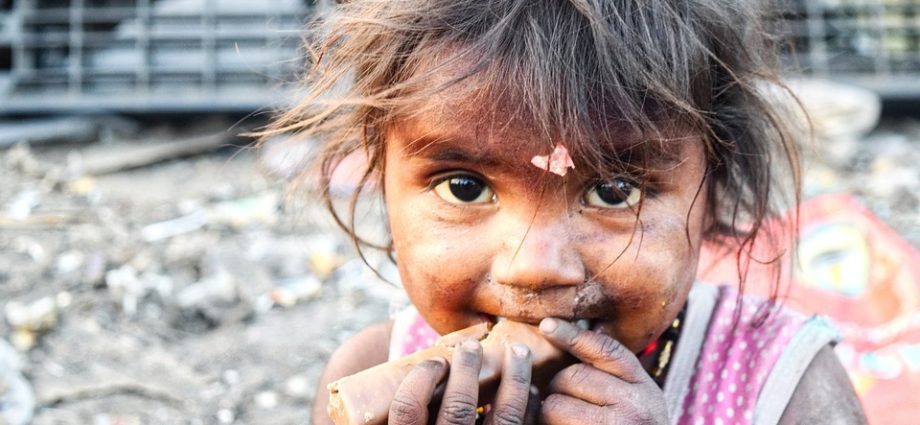Exploring the Rich Culture and History of Mumbai
Mumbai is the commercial capital of India and is one of the most populous cities in the world. It is known for its vibrant culture, rich history, and diverse population. Mumbai is home to some of India’s most iconic monuments, such as the Gateway of India and the Chhatrapati Shivaji Terminus. The city is also renowned for its bustling street life, bustling nightlife, and its delicious food.
Mumbai has a long and fascinating history that dates back to the 16th century. It was originally the capital of the Maratha Empire and was known as Bombay. The city was renamed Mumbai in 1996 and has since become the economic and cultural hub of India.
Mumbai is a melting pot of cultures, with people from all over India and the world living and working in the city. This makes it one of the most interesting and diverse places to explore in India. From the colonial architecture of the British Raj to the vibrant street life and delicious food, there is something for everyone in Mumbai.
Top 10 Tourist Attractions in Mumbai
1. Gateway of India: This iconic monument was built to commemorate the visit of King George V and Queen Mary to India in 1911. It is one of the most popular tourist attractions in Mumbai and is located on the waterfront of the Arabian Sea.
2. Chhatrapati Shivaji Terminus: This UNESCO World Heritage Site is a grand railway station in Mumbai. It was designed by British architect Frederick William Stevens and is a beautiful example of Victorian Gothic Revival architecture.
3. Marine Drive: This 3.6 km long promenade is a popular hangout spot for locals and tourists alike. It offers stunning views of the Arabian Sea and is lined with palm trees and street lights.
4. Elephanta Caves: These ancient rock-cut temples are located on Elephanta Island, which is a short ferry ride away from Mumbai. The caves are believed to be over 2000 years old and are a popular tourist destination.
5. Haji Ali Dargah: This is a beautiful mosque and tomb of a Muslim saint located on an island in the Arabian Sea. The mosque is a popular pilgrimage site and is visited by thousands of devotees every year.
6. Juhu Beach: This is one of the most popular beaches in Mumbai. It is a great place to relax and enjoy the sunset over the Arabian Sea.
7. Siddhivinayak Temple: This is one of the most important temples in Mumbai and is dedicated to Lord Ganesha. The temple is visited by thousands of devotees every day and is a must-visit for tourists.
8. Sanjay Gandhi National Park: This is one of the largest national parks in India and is located in the northern suburbs of Mumbai. The park is a great place to observe wildlife and is home to a variety of birds and animals.
9. Essel World: This is one of the largest amusement parks in India and is located on the outskirts of Mumbai. It has a variety of rides, games, and attractions that are sure to keep the whole family entertained.
10. Bandra-Worli Sea Link: This is a cable-stayed bridge that connects the suburbs of Bandra and Worli. It is one of the most iconic landmarks in Mumbai and offers stunning views of the city from the sea.
FAQs
Q: What is the best time to visit Mumbai?
A: The best time to visit Mumbai is between October and March when the weather is pleasant and the skies are clear.
Q: What are the must-visit attractions in Mumbai?
A: Some of the must-visit attractions in Mumbai include the Gateway of India, Chhatrapati Shivaji Terminus, Marine Drive, Elephanta Caves, Haji Ali Dargah, Juhu Beach, Siddhivinayak Temple, Sanjay Gandhi National Park, Essel World, and the Bandra-Worli Sea Link.
Q: What is the best way to get around Mumbai?
A: The best way to get around Mumbai is by using the local trains, buses, and taxis. The local trains are the most convenient and economical way to get around the city.
Q: What kind of food is available in Mumbai?
A: Mumbai is known for its delicious street food, which includes vada pav, pav bhaji, bhelpuri, and pani puri. There are also a variety of restaurants serving Indian, Chinese, and international cuisines.
Q: What is the local language of Mumbai?
A: The local language of Mumbai is Marathi. However, English is widely spoken in the city and most people understand it.
